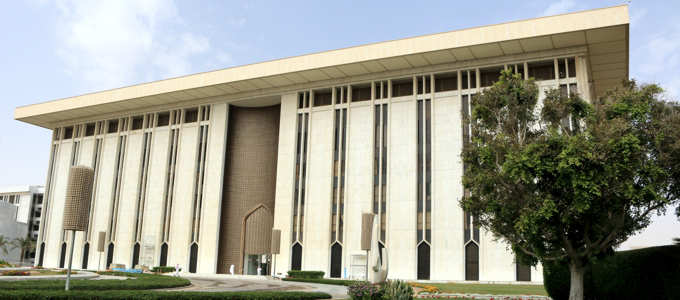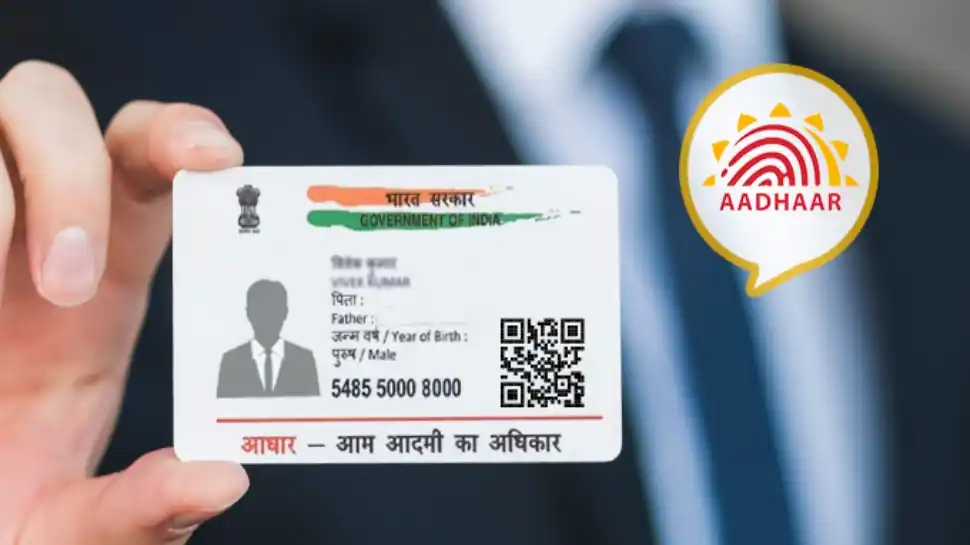The government of Tasmania is moving forward with plans to create a comprehensive digital portal for residents looking to access government services online. Service Tasmania has issued a formal request for tender, and will ask for demos from a shortlist of solution providers in June. The winner of the five-year contract will be announced in August, while development will officially begin in October of this year.
If all goes well, the new myServiceTas portal will officially go live in September of 2023. Service Tasmania is planning to roll out the system in several phases, the first of which will allow residents to create an account and take advantage of select online services. Most notably, people would be able to renew their driver’s licenses, and complete their vehicle registrations.
myServiceTas – the centrepiece digital pledge by the government in the lead up to last year’s election – is being created to ensure Tasmanians can access digital services in a unified manner.
The government set aside $4.3 million in last year’s budget to kick-start development, as well as redevelop its website and create a life events framework, following an unflattering review.
The review [pdf] found that Service Tasmania had “fallen behind”, with the majority of its services still performed over the counter or over the phone instead of online.
It said there was a need to “drive significant improvements in digitisation across the [public] service” using an “integrated customer experience platform”.
According to tender documents, myServiceTas will be built out using a phased approached, with stage one to involve development of the “core framework”.
“Stage one of the digital services portal project will see the creation of client accounts and a select number of predominately transport-related services brought online,”
documents state.
Service Tasmania said this would involve integrating several high-volume transactions from the Department of State Growth, including driver’s licence renewals and vehicle registrations.
The services will be used to “showcase the functionality” of the portal ahead of other agencies joining with their services.
In integrating with the department, the portal will “enable the creation of a Motor Registry client ID, or retrieve and present Motor Registry system data” using RESTful webservices.
This phase will also involve work to “enable the linking of discrete government identities to a single whole-of-government identifier”, so changes to client details flow to other agencies automatically.
“Stage one will significantly improve experience for customers through paperless delivery of notices, notifications/reminders, streamlined renewal processes and integrated payment options,”
Service Tasmania said.
“The services in scope for Stage 1 have been selected to demonstrate different functions and capabilities of the digital portal which will be broadly applicable to other agencies in future stages.”
After that, other agencies and services will gradually be integrated into the service over time. In that regard, phase one will essentially serve as a proof of concept, and demonstrate how a digital portal will make it easier for people to access government services. The system will provide residents with a single digital identifier, so people will be able to seamlessly navigate from one agency service to another once they are logged into the system.
myServiceTas will come with a paperless notification and reminder system, and will be integrated with payment software to make sure that people can pay fees online. The Australian state has allocated $4.3 million to the project, after a technology review found that Service Tasmania was not keeping pace with the rate of digital transformation in the rest of the world. As it stands, most of the agency’s interactions with the public are still taking place over the phone, or in-person at physical service counters.
Australia’s federal government is currently working to pass legislation that would support the use of digital IDs at the national level. The country already maintains a myGovID portal that allows people to access their accounts with a facial recognition scan.
Source:






Comments